Society
How people group together, organise their rules and systems are all part of what create a society. In this section articles examine the nature of society how it interacts with other themes of culture, power, etc. and how societies have developed and changed over time. The structures of the ancient world are explored as are the complex feudal systems and the varied societies of Empire and modernity.
Sort by:
Date (Newest first) | Title A-Z
Show:
All |
Articles |
Podcasts |
Multipage Articles
-
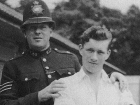
Real Lives: Harry Daley
ArticleClick to view -

Real Lives: Maria Rye’s emigration home for destitute little girls
ArticleClick to view -

Robert Branford: a faithful servant of Southwark
ArticleClick to view -
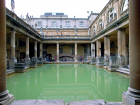
Sacred waters: Bath in the Roman Empire
ArticleClick to view -

Secular acts and sacred practices in the Italian Renaissance church interior
ArticleClick to view -

Space and behaviour at the court of Alexander the Great
ArticleClick to view -

Sparta and war: myths and realities
ArticleClick to view -

The 1620 Mayflower voyage and the English settlement of North America
ArticleClick to view -
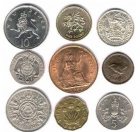
The Advent of Decimalisation in Britain: 1971
ArticleClick to view -
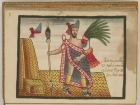
The Aztec Empire: a surprise ending?
ArticleClick to view -
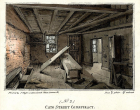
The Diabolical Cato-Street Plot
ArticleClick to view -
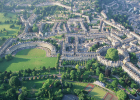
The Great Spa Towns of Europe: a UNESCO World Heritage Site
ArticleClick to view -

The Importance of Truth, Quality and Objectivity in the BBC German Service from 1938 to 1945
ArticleClick to view -

The Jews of Medieval England
ArticleClick to view -
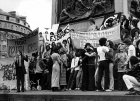
The LGBT civil rights movement in Britain
ArticleClick to view -

The NHS: Britain’s National Health Service, 1948-2020
ArticleClick to view -

The Russian Revolution 100 years on: a view from below
ArticleClick to view -
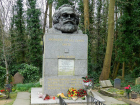
The burial dilemma
ArticleClick to view -

The changing convict experience: forced migration to Australia
ArticleClick to view -

The changing shapes of Europe’s twentieth century
ArticleClick to view

